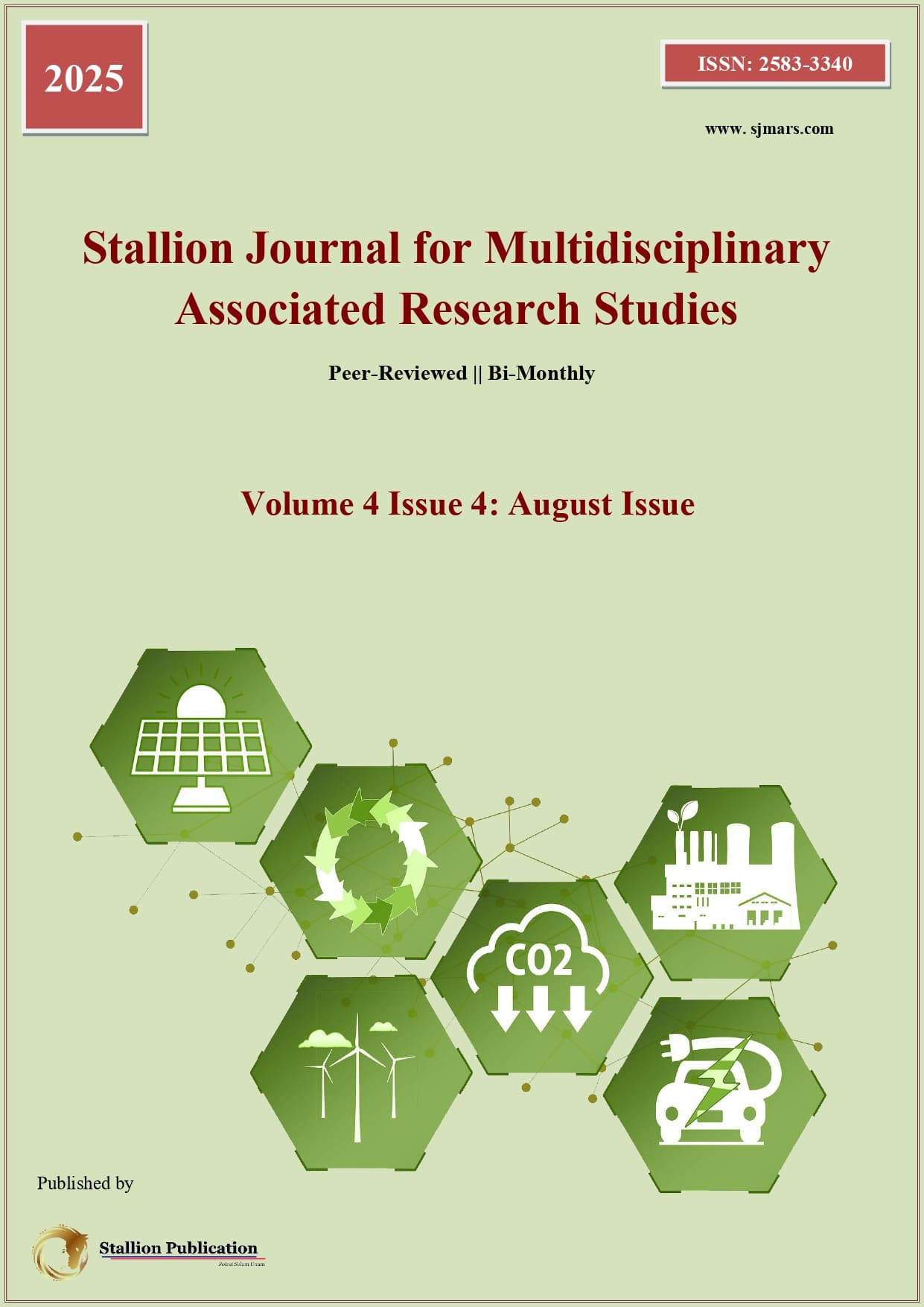Analyzing the Translation Strategies from the Perspective of Distanciation: A Case Study of Chinese National Defense Discourse
DOI:
https://doi.org/10.55544/sjmars.4.4.6Keywords:
Distanciation, Chinese national defense discourse, translation strategies, STAD modelAbstract
This study analyzes the translation of Chinese national defense discourse from the perspective of Distanciation Theory (DT), integrating Wieczorek’s framework with Cap’s Proximizaiton Theory (PT) to propose the Spatial-Temporal-Axiological Distanciation (STAD) model. Using China’s National Defense in the New Era and Ministry of National Defense press conference transcripts as the corpus, it examines how spatial, temporal, and axiological Distanciation strategies in the source text are represented or modified in the target text. The analysis reveals that TT often amplifies Distanciation effects through “shift” and “free” translation, while “literal” translation effectively preserves ST strategies; in contrast, “omission” or certain “free” translations may weaken them. Findings demonstrate the STAD model’s explanatory power in identifying symbolic distance adjustments in translation and highlight the translator’s role in shaping discourse effects. The study underscores DT’s applicability to translation studies and suggests integrating PT and DT to refine theoretical and practical guidelines for translation practice.
References
[1] Shi Xu. (2016). The Contest of National Defense Discourse: A Cultural Discourse Study of China-U.S. Military Strategies. Foreign Languages Research, 33(1), 1-10.
[2] Shi Xu & Mei Zhaoyang. (2021). National Defense Policy and Global Communication: Chinese National Military Strategy in a Cultural-Discursive Perspective. Journal of Foreign Languages, 44(5), 72-83.
[3] Zhao Xiaoyan. (2021). A Study on Cross-Cultural Communication of Chinese Defense Discourse from a Cultural Discourse Perspective. Journal of Hangzhou Normal University (Humanities and Social Sciences), 43(1), 130-136.
[4] Liang Xiaobo & Xiao Rong. (2020). Discourse and National Security. Contemporary Foreign Languages Studies, (1), 77-90+101.
[5] Lu Yan. (2022). An Analysis of the Structure of China’s National Defense Discourse—A Case Study of China’s National Defense in the New Era. Jiangsu Foreign Language Teaching and Research, (1), 65-68.
[6] Wieczorek, A. E. (2009a). “This is to say you’re either in or out: Some remarks on clusivity”. Critical Approaches to Discourse Analysis across Disciplines, 3(2), 118-129.
[7] Wieczorek, A. E. (2013). Clusivity: A New Approach to Association and Dissociation in Political Discourse. Newcastle upon Tyne: Cambridge Scholars Publishing.
[8] Cap, P. (2013). Proximization: The Pragmatics of Symbolic Distance Crossing. Amsterdam: John Benjamins.
[9] Wieczorek, A. E. (2009b). “Deictic Centre and Conceptualisation of Clusivity: A Case Study of Barack Obama’s Pre-election Speeches.” In Advances in Discourse Approaches, edited by Marta Dynel, 33-54. Cambridge: Cambridge University Press.
[10] Chovanec, J. (2019). Euphemisms and Non-Proximal Manipulation of Discourse Space: The Case of Blue-on-Blue. Ligua, 255, 50-60.
[11] Chilton, P. (2004). Analysing Political Discourse: Theory and Practice. London: Routledge.
[12] Gao Xin & Sun Dongyang. (2024). Proximization and Distanciation in Political Discourse: A Critical Cognitive Analysis of Tokayev’s 2022 State of the Nation Address. Journal of Foreign Languages, 47(1), 69-78.
[13] Xin Huiyi. (2025). Proximization and Distanciation in Chinese Poverty Alleviation Discourse: A Comparative Analysis of Chinese and Western News Reports. MA diss., Qufu Normal University.
[14] Zhang Tianwei. (2016). A Study of Discourse System Construction in Politicians’ Speech: A Case Study from Proximization Theory Approach. Foreign Languages in China, 13(5), 28-35.
[15] Xiong Bing. (2014). Conceptual Confusion in Translation Studies: A Case Study of “Translation Strategy”, “Translation Method” and “Translation Technique”. Chinese Translators Journal, 35(3), 82-88.
[16] Fairclough, N. (1992). Discourse and Social Change. Cambridge: Polity Press.
[17] Hart, C. (2014). Discourse, Grammar and Ideology: Functional and Cognitive Perspectives. London: Bloomsbury Academic.
Downloads
Published
How to Cite
Issue
Section
License
Copyright (c) 2025 Stallion Journal for Multidisciplinary Associated Research Studies

This work is licensed under a Creative Commons Attribution-NonCommercial-NoDerivatives 4.0 International License.






